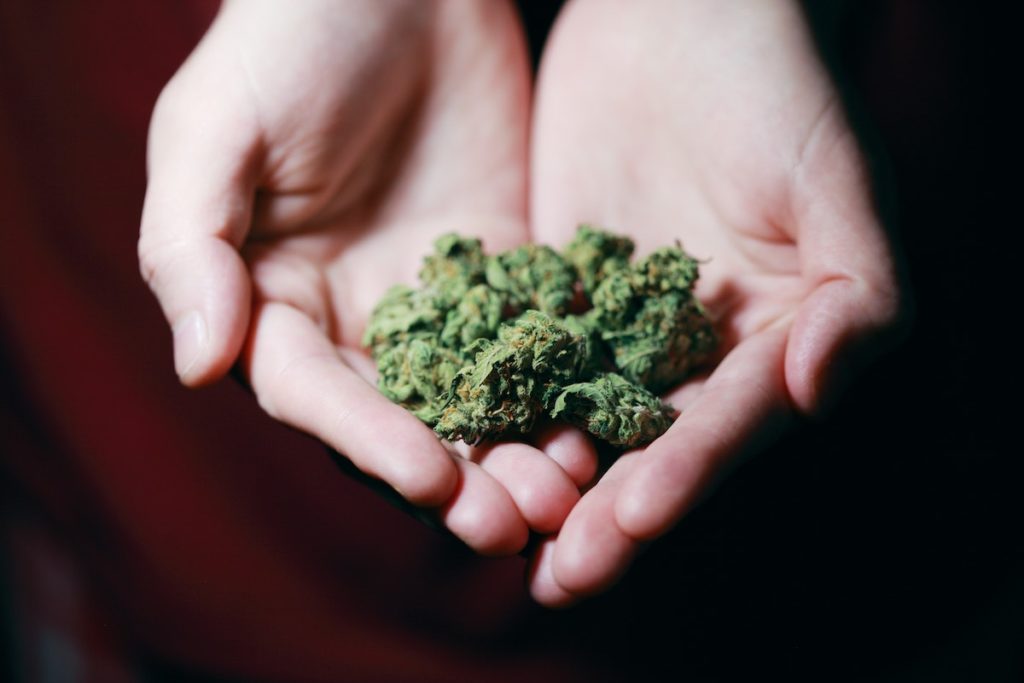There are many reasons why marijuana is still illegal. Here are the five biggest reasons why.

1. It is Seen as an Addictive Substance
Under the Controlled Substances Act of 1970, marijuana is classified as a Schedule I drug on the basis that it has “a high potential for abuse.”
It means that the perception is that people who choose to use marijuana, are likely to become addicted and may let the drug take over their lives.
2. The Notion that Marijuana has “no Accepted Medical Use.”
Marijuana seems to yield considerable medical benefits for many Americans with ailments ranging from glaucoma to cancer, but these benefits have not been accepted well enough, on a national level. As marijuana remains illegal, it’s health benefits remain a serious national controversy.
3. It Has Been Historically Linked with Narcotics, Such as Heroin.
Early anti-drug laws were written to regulate narcotics–opium and its derivatives, such as heroin and morphine. Marijuana, though not a narcotic, was described as such–along with cocaine.
The association stuck, and there is now a vast gulf in the American consciousness between “normal” recreational drugs, such as alcohol, caffeine, and nicotine, and “abnormal” recreational drugs, such as heroin, cocaine, and methamphetamine. Marijuana is generally associated with the latter category, which is why it can be convincingly portrayed as a“gateway drug.”
4. Inertia is a Powerful Force in Public Policy.
If something has been banned for only a short period of time, then the ban is seen as unstable. If something has been banned for a long time, however, then the ban–no matter how ill-conceived it might be–tends to go unenforced long before it is actually taken off the books.
5. Historic Racism Allowed Politicians to Demonize Marijuana.
Harry Anslinger, the father of the war on weed, fully embraced racism as a tool to demonize marijuana. As the first commissioner of the Federal Bureau of Narcotics, a predecessor to the Drug Enforcement Administration, Anslinger institutionalized his belief that pot’s “effect on the degenerate races” made its prohibition a top priority. Here are just a few of his most famous (and most racist) quotes:
“There are 100,000 total marijuana smokers in the U.S., and most are Negroes, Hispanics, Filipinos and entertainers. Their Satanic music, jazz and swing result from marijuana use. This marijuana causes white women to seek sexual relations with Negroes, entertainers and any others.”
“Reefer makes darkies think they’re as good as white men.”
It was “more dangerous than heroin or cocaine” and “leads to pacifism and communist brainwashing,’’ he claimed.
But drug historian David Courtwright, through a Freedom of Information Act request, got his hands on the actual surveys and found the data to have been fabricated. He also found a private memo from Anslinger admitting the numbers were made up. Nevertheless, Anslinger used that success to argue for an expansion of the drug war to weed in 1937.
When Did Marijuana Become Illegal?
To understand why marijuana is still illegal, we have to first go back to when it first became illegal. Though there had been some regulations on cannabis and therefore marijuana, there continued to be criticisms about the availability of narcotics and around 1910 there was a wave of legislation aimed to strengthen requirements for their sale.
The new revisions aimed to restrict all narcotics, including cannabis, as poisons, limit their sale to pharmacies, and require doctor’s prescriptions. The first instance was in the District of Columbia in 1906. The Pure Food and Drug Act was then passed in 1906.
Further regulation of cannabis followed in Massachusetts (1911), New York (1914), and Maine (1914). In New York, reform legislation began, which targeted all “habit-forming drugs”, that restricted marijuana even further.[13]
In the West, the first state to include cannabis as a poison was California.
Other states followed with marijuana laws including: Wyoming (1915); Texas (1919); Iowa (1923); Nevada (1923); Oregon (1923); Washington (1923); Arkansas (1923); and Nebraska (1927).[16]
